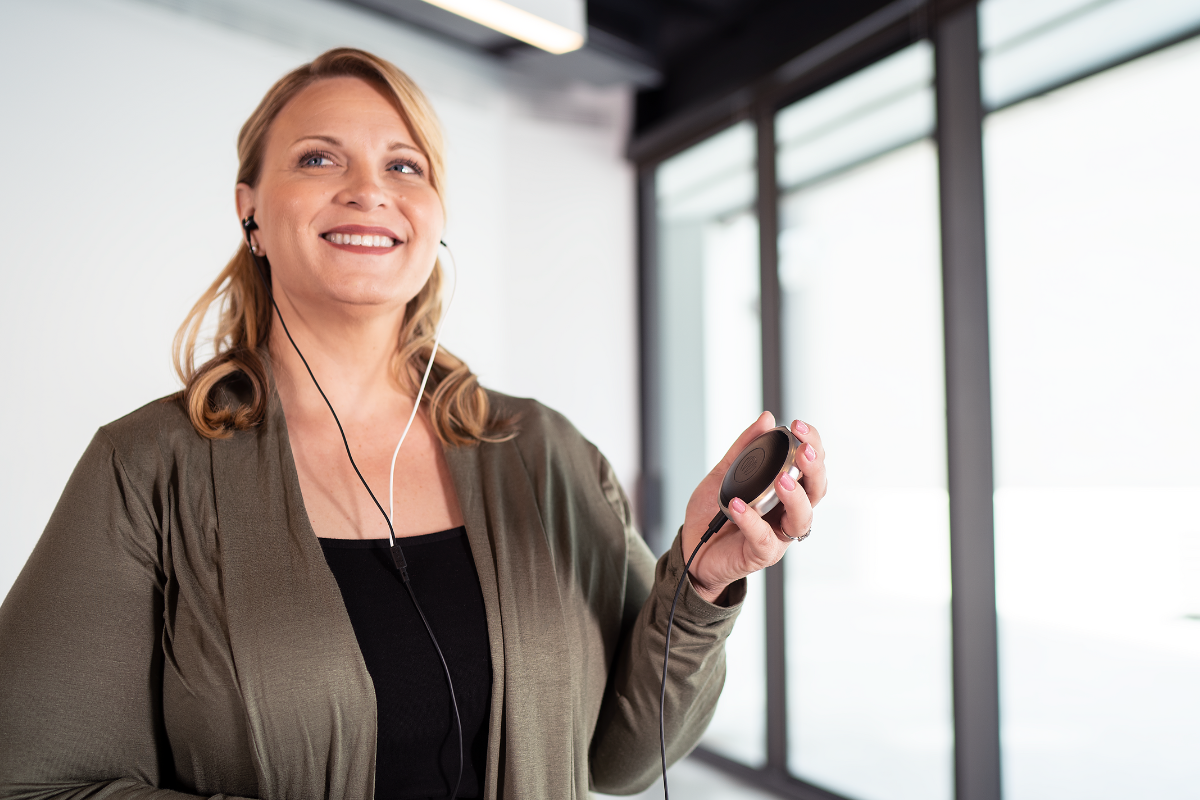In recent years, acupuncture has become more popular as a form of alternative medicine. But how does it work? One theory is that acupuncture may help stimulate the vagus nerve. Let's take a closer look at the science behind this claim.
The Vagus Nerve and Acupuncture
The vagus nerve is a lengthy nerve running from the brainstem all the way down to the abdomen. It plays an integral role in many of the body's functions, including heart rate, digestion, and immunity. Some researchers have found stimulating the vagus nerve with acupuncture may help to improve these functions.
Can acupuncture stimulate the vagus nerve?
There is promising scientific evidence to support this claim.
For example, one study about low-level transcutaneous electrical stimulation at the auricular branch of the vagus nerve (ABVN) in relation to heart rate variability found:
"In comparison to placebo acupuncture, acupuncture at the ABVN led to a significant reduction in heart rate (approximately 4%–6%, P < .05) and an increase in overall HRV demonstrated by SDNN (approximately 19%, P < .05). RMSSD and power spectral density parameters (HF, LF, LF/HF) showed statistical trends (P < .1) induced by auricular acupuncture in favor of vagal tone."
Another study on the effects of surgically-implanted VNS versus auricular acupuncture reports:
"This analysis demonstrated marked correspondences of the indications for those lateral head and neck acupoints to the clinical effects (beneficial and adverse) documented for the VNS device in the medical literature. This clinical correspondence, in conjunction with the anatomic proximity of the acupoints to the vagus nerve in the lateral neck, strongly suggests that vagus nerve (and hence the autonomic nervous system) stimulation is fundamental in producing the clinical effects of the acupoints."
This brings us to an essential part of the discussion about acupuncture to stimulate the vagus nerve: Is it the most effective and non-invasive way to do so? Not necessarily. Transcutaneous VNS (including the Xen by Neuvana vagus nerve stimulation device) can be incredibly effective for stimulating the vagus nerve—we'll talk more about it later in this post. For now, back to acupuncture.
What acupuncture points stimulate the vagus nerve?
A handful of acupuncture points are believed to stimulate the vagus nerve. These include:
PC-6 NEI GUAN
As Inner Gate Health and Wellness explains:
"The point is associated with the heart and the pericardium. It has a calming effect for the nervous system and the digestive tract. In fact, the point is used to calm nausea from sea sickness and pregnant women. The point is ASSOCIATED with the vagus nerve. It is found two inches up from the wrist on the inside."
If you're interested in trying acupuncture to stimulate your vagus nerve, you must consult with a licensed acupuncture practitioner. They will be able to properly place the needles in order to target specific acupuncture points.
Other Methods of Vagus Nerve Stimulation
Along with acupuncture, other methods of vagus nerve stimulation are backed by science. These include:
Transcutaneous VNS (tVNS)
As we mentioned earlier, tVNS is a non-invasive method of stimulating the vagus nerve through the skin. So in the case of the Xen by Neuvana device, you simply need to wear vagus nerve-stimulating headphones that gently target the vagus nerve through the ear.
Surgical VNS
More invasive measures might be necessary for those with serious medical conditions such as epilepsy, which is where surgical VNS comes in. This procedure involves surgically implanting a small device under the skin on your chest. It then sends electrical impulses to your vagus nerve through a lead wire that's connected to it.
Cold exposure
You might not think something as simple as cold exposure could help to stimulate your vagus nerve, but it's a great tool for vagus nerve stimulation!
Chanting and humming
A strategy used for centuries, chanting and humming help to stimulate the vagus nerve. This is likely because the act of humming or chanting helps to engage the muscles in your face and neck which are connected to the vagus nerve.
Breathing exercises
Similar to chanting and humming, deep breathing engages the muscles in your face and neck which can help to stimulate the vagus nerve. Diaphragmatic breathing, in particular, has been shown to stimulate the vagus nerve effectively.
Why Stimulating the Vagus Nerve Can Be Helpful
Regardless of the method you choose to stimulate your vagus nerve, doing so can be helpful for a variety of reasons.
Here are some of the many benefits of vagus nerve stimulation:
- Can promote a sense of calm and well-being
- Could help you sleep better
- May promote faster recovery
- Could minimize inflammation
- Can help with digestive issues
- Could improve heart health
- May help to ease migraines and headaches
As you can see, stimulating the vagus nerve has many intriguing potential benefits. If you're interested in trying it, acupuncture or transcutaneous VNS (with a device like the Xen by Neuvana) are great non-invasive options to consider!





